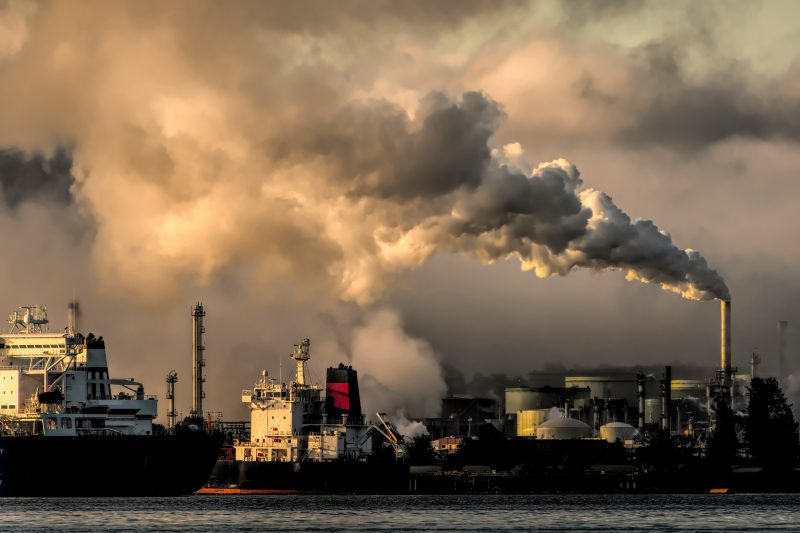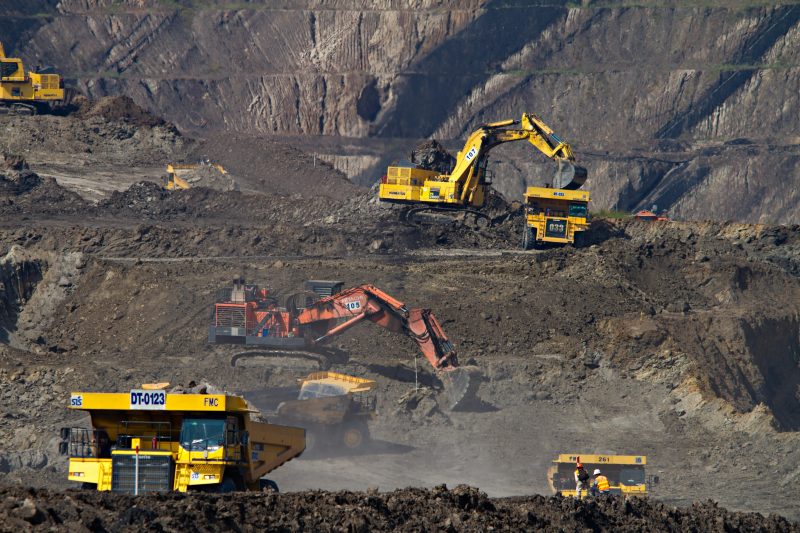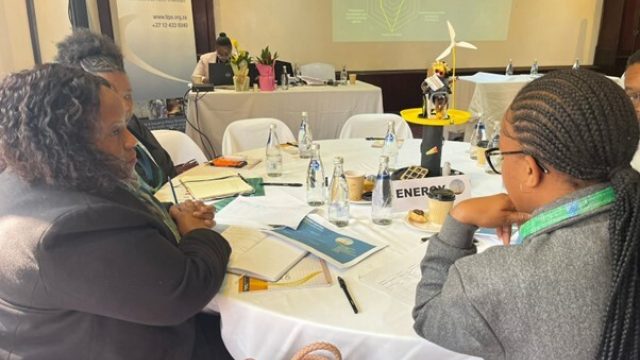No coal’s the goal: the state of the global coal transition
The transition off is not easy, but the coal era is ending, and the clean energy transition is accelerating.

Last year, the UK marked a historic milestone: the end of coal power generation. After a century and a half of coal-fired industrial development, the United Kingdom became the first G7 economy to fully transition away from this most polluting of fossil fuels. It was a huge moment, with deep economic and emotional weight – not only in the former coal communities of Wales, Durham and Yorkshire, but also around the world. The transition was not easy, but it offers invaluable lessons for the world.
This is more than a national achievement. It’s a signal to the global community: the coal era is ending, and the clean energy transition is accelerating.
A global shift across the OECD
The UK is not alone. Across the OECD, countries are making bold moves. Belgium, Austria, Sweden, Portugal, Slovakia, and just last week, Ireland, have all phased out coal completely. Italy and Spain are on track to follow suit by the end of this year. In Latin America, the last planned coal power plants have been shelved. Even Poland, long seen as Europe’s coal stronghold, has cut coal use by nearly a third since 2015 and is now the continent’s fastest-growing renewables market.
There’s no single blueprint for phasing out coal—each country’s path is unique. But the direction of travel is clear: coal is on the way out, and more and more countries are delivering on their commitments to do so.
Beyond the OECD: Momentum is building, but challenges remain
The shift isn’t limited to wealthy nations, either. Since 2015, the global pipeline of new coal power plants has shrunk by 76%. Vietnam has cancelled nearly 90% of its planned coal capacity since 2022. In China, solar plus battery storage is now cheaper than coal for meeting peak electricity demand.
Despite headlines suggesting otherwise, the economic fundamentals haven’t changed: coal is no longer the cheapest option. The clean energy transition is not just environmentally necessary – it’s economically inevitable.
Yet the hardest work lies ahead, especially in in emerging markets. There, coal plants are still young and the investment in them has not been recovered yet, meaning there is a strong economic disincentive to shutter them early. Moreover, demand for electricity is rising fast. Shutting down existing plants therefore raises concerns about an impact on energy access and affordability for those who need energy the most.

Many of these countries are locked into coal by long-term contracts, inflexible grids, and regional economic dependence. The system was built for fossil fuels, not renewables.
But even here, progress is underway. Pioneering programmes in the Philippines, Indonesia, Vietnam, Chile, South Africa, and the Dominican Republic are supporting the early retirement of coal plants. Some are even replacing coal assets with renewable energy hubs – suggesting that that coal phase-out and renewable scale-up have the potential to be two sides of the same coin.
What’s needed next to accelerate the phase-out
To unlock the full economic benefits of the clean transition, and to avoid the worst impacts of spiralling climate breakdown, we need to urgently ramp up efforts towards phasing out coal globally. That means a complete halt to the permitting of new coal plants, as well as accelerating the phase-out of existing ones.
But we can’t abandon the communities who rely on the coal industry. As coal starts to dwindle, we must deliver just transition opportunities for workers and families affected by the transition – such as re-training, new employment opportunities, targeted subsidies and proactive collaboration on how to manage the phase-out process.
Looking ahead to COP30
COP30 offers a critical opportunity to increase access to public and private finance for coal retirement, share lessons from existing projects, scale up the number of viable transition projects, and tackle regulatory and systemic barriers to change.
Country delegations to the COP must now have the confidence to include No New Coal and coal phase-out commitments in their Nationally Determined Contributions (NDCs). This is the clearest way to reaffirm their commitment to the clean energy transition and attract the support they need.
It’s not just about meeting the Global Stocktake or acting on the latest science. It’s about unlocking the partnerships and investment needed to build a cleaner, fairer, and more prosperous future.
- Pallavi Singh is Diplomatic Lead at the Powering Past Coal Alliance


